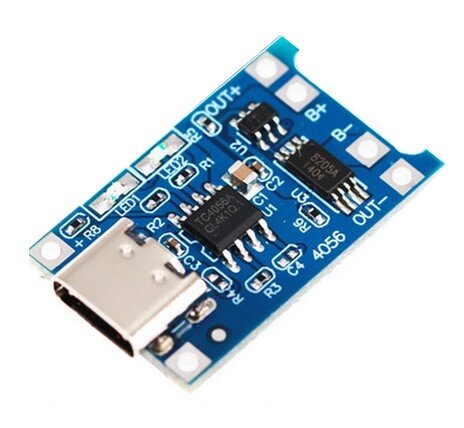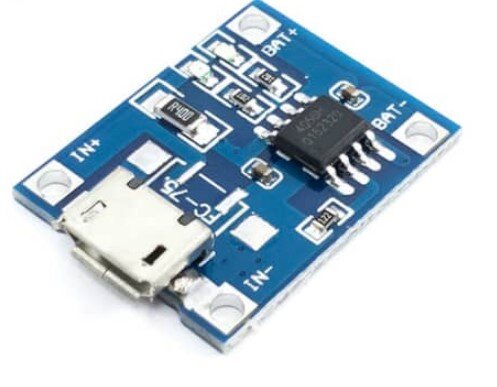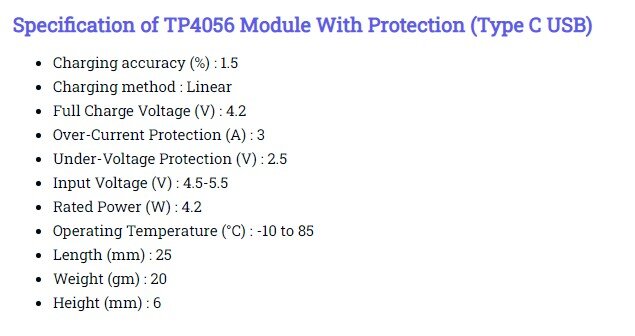I have a Nitecore i2 and an i4 both of which have been serving me well ..... until
My dual 18650 battery mods were reporting that the batteries were discharging at different levels. One before the other. I thought that this was limited to my Puma, but no, my Manto and Manto max also looked the same. This led to a suspicion.
I loaded two used batteries into the i4, both were reading around 3.3 V and let them run the cycle. After the i4 reported full I measured again. One was at 4.05 and the other was at 4.18. OK there could be some internal resistances in play here, so let's do some other batteries.
I proceeded to load and charge my battery cache and get similar results across most of my married pairs.
This led me to another battery charger. Nitecore this time will not see my dough. I opted for the Golisi i4 usb smart charger . It has a 2Amp priority if needed otherwise the same 0.5 amp across all four bays the same as the Nitecore. I took the same batteries and as the Golisi has a digital display I can now see what is going on. Those same batteries that reported full on the Nitecore now showed that some were not at 100%.
I will mention that I did take readings from the contacts on both machines and every bay showed 4.99 volts supplied.
After feeding in another round of married batteries I found that the lesser charged ones were brought up to 100% and on measuring were much closer than when using the Nitecore. Those same two at 4.05 and 4.18 now both read 4.18.
Once again we are led to believe that a make is superior to another through the power of marketing. I am not complaining about my Nitecores but this real world experience shows that there is good product out there that does not have huge marketing hype and associated cost.
My dual 18650 battery mods were reporting that the batteries were discharging at different levels. One before the other. I thought that this was limited to my Puma, but no, my Manto and Manto max also looked the same. This led to a suspicion.
I loaded two used batteries into the i4, both were reading around 3.3 V and let them run the cycle. After the i4 reported full I measured again. One was at 4.05 and the other was at 4.18. OK there could be some internal resistances in play here, so let's do some other batteries.
I proceeded to load and charge my battery cache and get similar results across most of my married pairs.
This led me to another battery charger. Nitecore this time will not see my dough. I opted for the Golisi i4 usb smart charger . It has a 2Amp priority if needed otherwise the same 0.5 amp across all four bays the same as the Nitecore. I took the same batteries and as the Golisi has a digital display I can now see what is going on. Those same batteries that reported full on the Nitecore now showed that some were not at 100%.
I will mention that I did take readings from the contacts on both machines and every bay showed 4.99 volts supplied.
After feeding in another round of married batteries I found that the lesser charged ones were brought up to 100% and on measuring were much closer than when using the Nitecore. Those same two at 4.05 and 4.18 now both read 4.18.
Once again we are led to believe that a make is superior to another through the power of marketing. I am not complaining about my Nitecores but this real world experience shows that there is good product out there that does not have huge marketing hype and associated cost.










